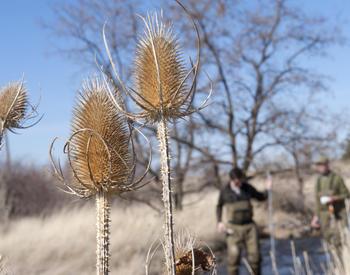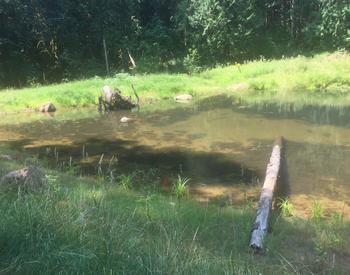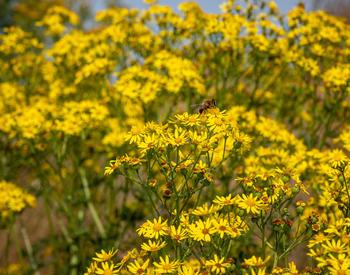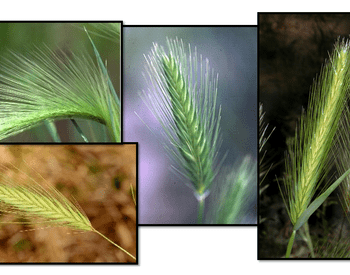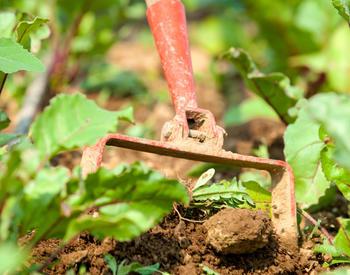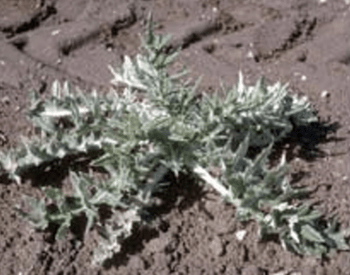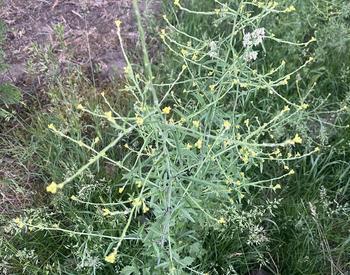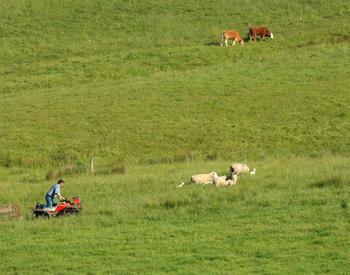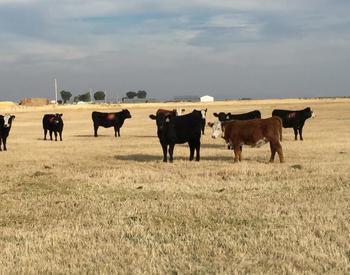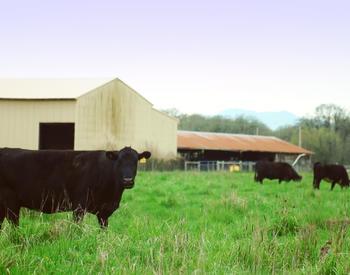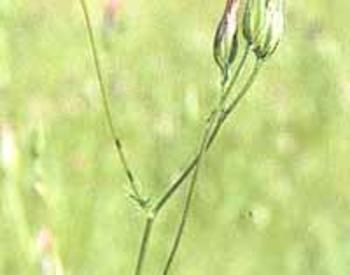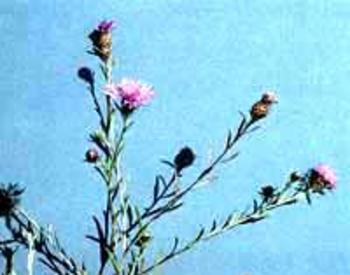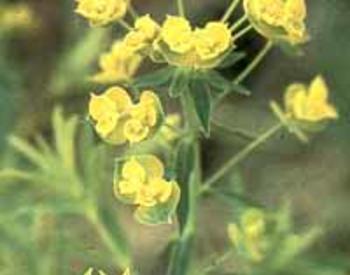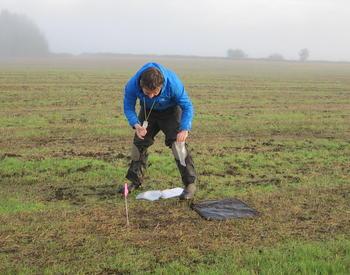CORVALLIS, Ore. – Himalayan blackberry has become a common weed that chokes out native vegetation from Northern California to British Columbia. Blackberries are well adapted to our region – a single blackberry plant can grow into a six-square-yard thicket in less than two years.
"Blackberries keep popping up because of their tremendous and effective dispersal potential," said Brooke Edmunds, Oregon State University Extension Service horticulturist. "Blackberry canes can produce hundreds of berries, each full of seeds. Birds and animals feed on the berries and help spread the seeds over long distances. Even banana slugs are known to feed on blackberries and help spread the seeds!"
Nevertheless, with good timing and dedication, a sprawling blackberry thicket can be reduced to a few manageable stragglers. Digging up canes or plowing under thickets can eliminate existing plants. But this also creates an ideal seedbed for the next generation of blackberry plants. Make sure to replant the area with a perennial plant, such as grass, which will outcompete any new blackberry seedlings. Physical removal is the best practice for long-term control.
If digging isn’t an option, look into goats or mechanical mowing. Both work by removing the leaves so the plant can't turn sunlight into food. The plant eventually starves. Both goats and mowers must be brought back often, however, and both have the same drawback: They destroy everything else in their path.
Another problem with goats is that they will eat only around the edges of a patch. "A lot of people find inventive ways to get goats to the center of the patch, such as mowing pathways or placing boards that goats can walk on or smashing down canes so the entire patch can be grazed," Edmunds said.
Effective herbicides are available and used to control blackberry throughout the year. Each has different use rates and application restrictions depending on the intended use area; always refer to the product label for specific instructions for use on blackberry. If you are managing blackberries on a residential property then check OSU's Solve Pest Problems website for advice. Specific herbicide use instructions for commercial pesticide applicators are summarized in the Control of Problem Weeds Chapter of the online version of the "Pacific Northwest Weed Management handbook."
Don't walk away after treatment
Contrary to some popular misinformation, it is usually best not to cut down blackberry plants prior to treatment with herbicides unless the plants are too big to reach with spray equipment, Edmunds said. Cutting down the plant reduces the leaf area, and the plant may not absorb enough herbicide to kill the large root.
No matter if you've dug, chopped or sprayed, after you're rid of your blackberry plants, don't forget to replant the area with hardy alternative vegetation that can crowd or shade out new blackberry seedlings.
"You can't treat a patch of blackberry and then walk away," Edmunds said. "The control methods can take several years, at least, to eradicate a large patch. Don't take a break and let the blackberries regain their strength. Check the area each year and remove new seedlings to stay ahead of the problem."
